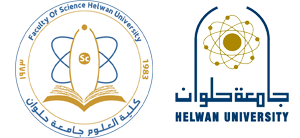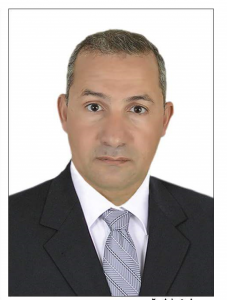Professor Emad Abd El-Moneim Farahat
Head of Botany and Microbiology Department
Botany and Microbiology Department, Faculty of Science, Helwan University, Ain Helwan 11790, Cairo, Egypt
Email address: emad23_1999@yahoo.com
Telephone: 002-01224783968
.
.
Research interests
Plant population and community ecology, forest ecology, dendroecology and plant anatomy
Awards and projects (PI or Co-PI)
STDF short-term fellowship at WSL, Zurich (Switzerland) 2018
University Scientific superiority Award 2018
Development and re-innovation project for Plant Ecology Lab. at B&M Department 2017/2018
Working in the SCAC project “Swedish clean air climate” with IVL (Swedish Environmental institute) and Gothenburg University, 2013/2014
Parown-Fellowship at Gothenburg University, Sweden, 2012/2013, funded by Egypt
“Ecological assessment of Egyptian afforestation irrigated by wastewater Project, Funding by SIDA (Swedish Research Council), 2010-2013
A postdoctoral fellowship at McGill University, QC, Canada
Recent Publications
Emad A. Farahat and Holger Gaertner (2019). Anatomy and dendrochronological potential of Moringa peregrina from the hyper-arid desert in Egypt. Dendrochronologia, In Press. (https://doi.org/10.1016/j.dendro.2019.125606).
Ebrahem M. Eid, Sulaiman A. Alrumman, Emad A. Farahat, Ahmed F. El-Bebany (2018). Prediction models for evaluating the uptake of heavy metals by cucumbers (Cucumis sativus L.) grown in agricultural soils amended with sewage sludge. Environmental Monitoring and Assessment, 190:501.
Farahat, E.A.; Linderholm, H.W (2018) Growth–climate relationship of European beech at its northern distribution limit European Journal of Forest Research. https://doi.org/10.1007/s10342-018-1129-9
Farahat, E.A and Galal T.G. (2018) Trace metal accumulation by Ranunculus sceleratus: implications for phytostabilization. Environmental Science and Pollution Research, https://doi.org/10.1007/s11356-017-0808-2.
Emad A. Farahat, Tarek M. Galal, Omar E. Elawa, Loutfy M. Hassan 2017. Health risk assessment and growth characteristics of wheat and maize crops irrigated with contaminated wastewater. Environmental Monitoring and Assessment, 189:535. DOI 10.1007/s10661-017-6259-x.
Farahata, E.A., Zhang, P., Gunnarson, B.E., Fuentes, M., Stridbeck, P. and Linderholm, H.W. (2017) Are standing dead trees (snags) suitable as climate proxies? A case study from the central Scandinavian Mountains. Scandinavian Journal of Forest Research, 33(2), 114-124. https://doi.org/10.1080/02827581.2017.1341547.

